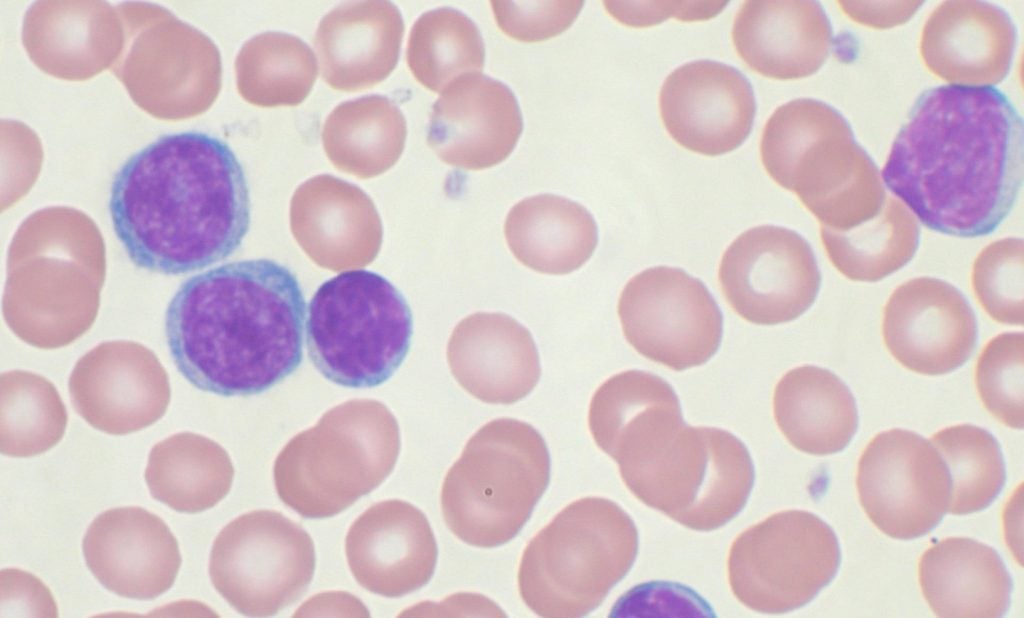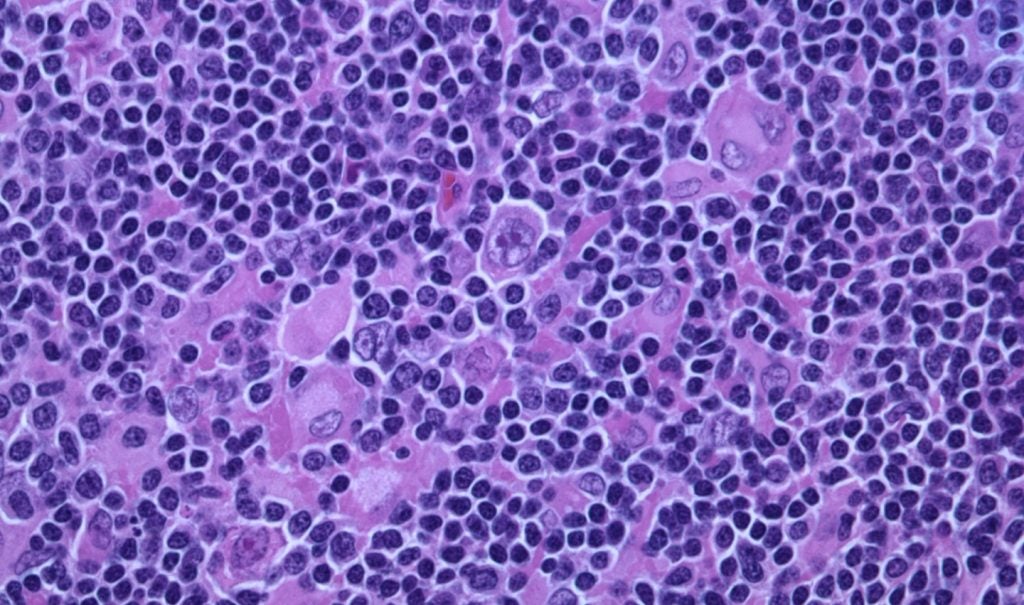Results from two trials of AbbVie have showed sustained progression-free survival (PFS) of VENCLYXTO/VENCLEXTA (venetoclax) combination therapy for the treatment of patients with previously untreated chronic lymphocytic leukaemia (CLL) with co-existing conditions, and relapsed/refractory (R/R) CLL.
Fresh six-year follow-up data from the Phase III CLL14 trial show improved results in previously untreated patients with CLL and co-existing conditions.
Patients who received fixed-duration venetoclax in combination with obinutuzumab continued to experience enhanced PFS and higher undetectable minimal residual disease (uMRD) rates during their treatment with fixed-duration venetoclax plus obinutuzumab in comparison with those receiving chlorambucil and obinutuzumab.
The findings also demonstrated significantly positive time to next treatment (TTNT) rates with venetoclax plus obinutuzumab as against chlorambucil plus obinutuzumab.
The differences in PFS and TTNT benefits between venetoclax-based treatment and chemoimmunotherapy were found to be continued across all risk groups, comprising patients with high-risk molecular CLL.
In this six-year evaluation, the trial did not find any new safety signals, with the most common grade three adverse events (AEs) in patients treated with venetoclax-based combination being neutropenia, thrombocytopenia, infusion-related reaction, among others.
In addition, final results from the Phase III MURANO trial showed that R/R CLL patients who received two-year fixed-duration venetoclax and rituximab sustained significantly longer median PFS at 54.7 months in comparison with 17 months with bendamustine and rituximab after a median follow-up period of seven years.
The results further showed that seven-year overall survival (OS) rates were 69.6% for patients receiving the venetoclax-based combination as against 51% for those who were treated with bendamustine-based combination.
The majority of the patients who received the full two-year venetoclax-based combination achieved undetectable minimal residual disease (uMRD) at the end of their treatment. These patients also demonstrated improved PFS and OS in comparison with patients with detectable MRD.
The venetoclax-rituximab combination’s safety profile was found to be in line with the known safety profile of each individual therapy alone.
















